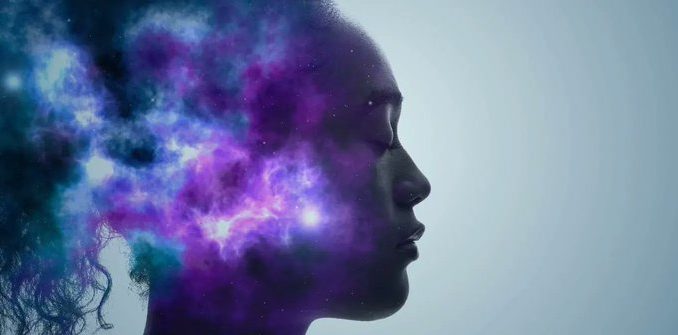
For the past several decades, psychedelics have been widely stigmatized as dangerous illegal drugs. But a recent surge of academic research into their use to treat psychiatric conditions is spurring a recent shift in public opinion.
Psychedelics are psychotropic drugs: substances that affect your mental state. Other types of psychotropics include antidepressants and anti-anxiety medications. Psychedelics and other types of hallucinogens, however, are unique in their ability to temporarily induce intense hallucinations, emotions and disruptions of self-awareness.
Researchers looking into the therapeutic potential of these effects have found that psychedelics can dramatically reduce symptoms of depression and anxiety, PTSD, substance abuse and other psychiatric conditions. The intense experiences, or “trips,” that psychedelics induce are thought to create a temporary window of cognitive flexibility that allows patients to gain access to elusive parts of their psyches and forge better coping skills and thought patterns.
Precisely how psychedelics create these effects, however, is still unclear. So as researchers in psychiatry and machine learning, we were interested in figuring out how these drugs affect the brain. With artificial intelligence, we were able to map people’s subjective experiences while using psychedelics to specific regions of the brain, down to the molecular level.
